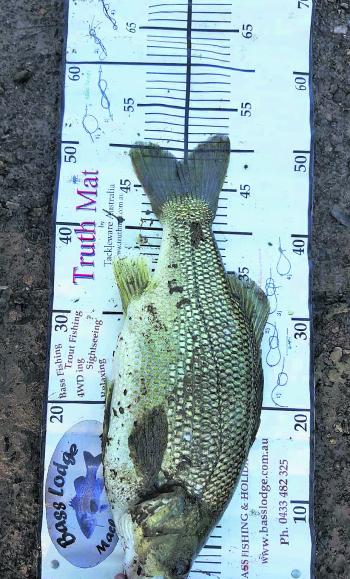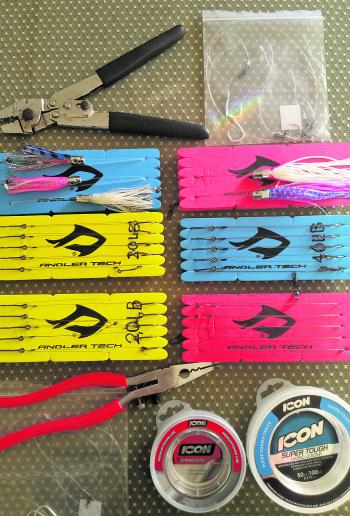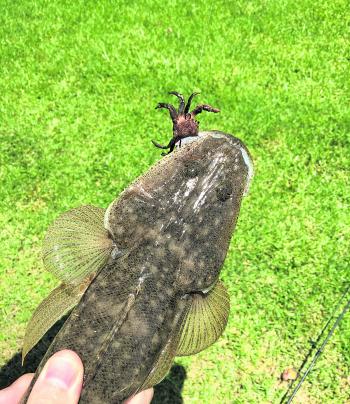February is here again as we move into the peak pelagic period for the mid north coast of New South Wales.
Whether you are fishing from a boat or are a land-based angler, now is the time for the serious action to begin. Warm blue water from the north has settled in now and should remain this way through until about May or so. This water will hold a vast array of northern pelagic species of fish over this period of time.
Spanish and spotted mackerel catches increase by the day and these fish are caught all along our coastline. The early run of spotties towards the end of last year saw good numbers, but no real size. Fortunately, the catch size has increased since then and so have their numbers.
Black marlin are around the grounds off the gaol with a lot of small fish around the 20kg mark caught in this area. Mahimahi have been in good numbers on the FADs north and south of us, however the South West Rocks FAD has been a bit hit and miss this season. Plenty of good mahimahi have been picked up on the troll from closer in off Hat Head while trolling for marlin.
It is important to keep your options open at this time of year as anything can pop up anywhere. Having a range of different rigs made up on land beforehand helps maximise your time on the water.
Fish and Black rock have had loads of rat kingfish around them, although occasionally a bigger one turns up as well as a cobia or two.
Longtail tuna have begun to frequent the area now and can be caught from the stones.
Kingfish have been around the headlands fairly regularly this year with some big fish causing unsuspecting anglers a fair bit of grief.
School mulloway are still everywhere around the rock ledges. Some big fish have been caught among the schoolies, so it is still worth fishing heavy when targeting mulloway from the rocks.
The bread and butter species of bream and trevally are present in the washes and provide a healthy food source for some big cobia that are also in these areas. Stickbaiting has been a productive method to fish the rocks as the pelagic species get in on the act at one stage or another when using these lures. Sinking versions seem to be more effective as they are slightly heavier and they allow for longer casts as well as being more versatile on the retrieve than the floating versions.
The beaches have had a mixed bag of species, however once again this year, large whiting have been a stand out. Fish above 40cm are caught quite regularly along most of the beaches. Now is the prime time to catch some quality blue spot flathead from the surf.
School mulloway have been a common by-catch when targeting flathead on hardbodies and soft plastics in the gutters.
Blue swimmer and mud crabs are prolific in the Macleay River, along with most of the creeks in the area.
The large expanses of sand flats above Jerseyville bridge and up in Clybucca Creek are holding good sized whiting in good numbers with the ever-present dusky flathead lurking along the dropoffs and along the rock walls. Small bull sharks are prevalent throughout the salty zone of the river and even up into the fresh.
In the upper Macleay, the river has been up and down a few times after heavy showers but the bass fishing just keeps on firing. Surface lures of all shapes and sizes are doing the trick on these fish with the general consensus that the bigger the lure, the bigger the fish.
Reads: 1516
This solid Macleay bass fell for a large surface lure.

Having rigs prepared at home maximizes your time on the water.

Crab imitation lures are working well along the rock walls and drop offs for flathead.





